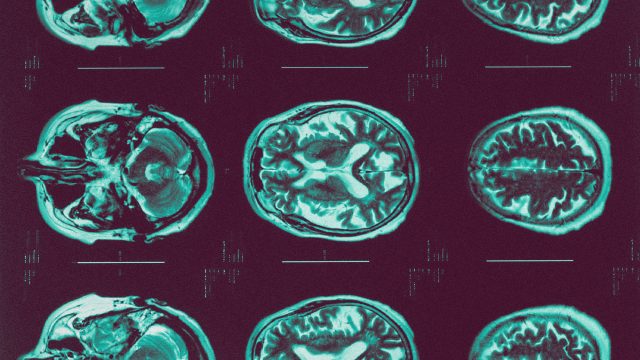
The controversial correlation between football and brain injuries has dominated the National Football League (NFL) for years. Hundreds of players have been posthumously diagnosed with chronic traumatic encephalopathy (CTE), a brain disease that has been linked to football.
As these issues continued, the NFL agreed to settle a lawsuit brought by more than 4,500 players alleging that the league dismissed the true dangers of CTE. The $765 million settlement was intended to be distributed to cover treatment for players who had been diagnosed with CTE, dementia or other brain-related illnesses after suffering on-field concussions.
However, a recent investigation by The Washington Post said that the NFL has largely dropped the ball when it comes to those payouts, using a series of medical loopholes to avoid covering these costs. What did the Post find, and what will the NFL do?
What did the Post’s investigation find?
The Post combed through 15,000 pages of documents from more than 100 former players who had attempted to qualify for settlement funds. The outlet concluded that the NFL “routinely fails to deliver money and medical care to former players suffering from dementia and CTE,” resulting in the league saving hundreds of millions of dollars. The crux of the Post’s investigation was that the settlement carved out a new definition for dementia that “requires more impairment than the standard definition used in the United States.” Several doctors told the Post that if they went by the settlement’s guidelines, they would “routinely fail to diagnose dementia in ailing patients.”
Many of these players were diagnosed with dementia by their personal doctors “only to see their claims denied by the administrative law firm that oversees the settlement,” the Post said. Doctors that worked for the NFL “simply overruled physicians who actually evaluated players” and would blame their dementia symptoms on other health problems like depression and sleep apnea, the Post said. At least 14 players “failed to qualify for settlement money or medical care and then died, only to have CTE confirmed via autopsy,” the Post said.
The Post was not the first outlet to find problems with the NFL’s settlements. Three months before the investigation’s publication, a study in the journal Alzheimer’s Research and Therapy found similar discrepancies in the NFL’s payout system. Notably, the study concluded that the settlement provided “substantially higher monetary compensation to former players with a diagnosis of [Alzheimer’s disease] than for players with similar cognitive impairment and dementia but without [an Alzheimer’s diagnosis].”
Issues of racial bias among the settlements have also been raised in the past. In 2020, The Conversation outlined a pair of accusations from former players, Najeh Davenport and Kevin Henry, who “accused the NFL of discriminating against Black players seeking compensation through the league’s concussion settlement.” The men alleged that the league’s “race-based adjustments to neurocognitive test scores resulted in their ineligibility for dementia-related payments,” an ineligibility they say did not occur with white players who exhibited the same signs.
In all, the total number of settlement claims approved by the NFL was reported by the Post to be about 900. The league has denied more than 1,100 claims, and the Post claimed the collective value of these denials could be more than $700 million.
What’s next for the NFL?
While the Post’s allegations reveal a shocking level of mistreatment, “insiders have long known that all is not what it seems inside the landmark settlement,” Forbes said. “Legal and medical records have been piling up for almost a decade on the ways former players have been treated and current players possibly kept in the dark.”
And the league has indeed paid out a large sum of money to those affected. The NFL has given out “over $1.2 billion to more than 1,600 former NFL players and their families,” Forbes said. This amount notably “surpasses the initial expectations and serves as evidence that the NFL has gone beyond its obligations of $1 billion.”
The NFL has also implemented concussion guidelines to try to keep players as safe as possible. First approved in 2011, these guidelines are “reviewed each year to ensure players are receiving care that reflects the most up-to-date medical consensus on the identification, diagnosis and treatment of concussions,” the NFL said. Despite the league’s spoken commitment to safety, though, the dark mark remains for the 1,100 denied claimants who did not receive monetary help.
The league promised to pay players who had suffered brain trauma. Allegedly, it has not happened.






